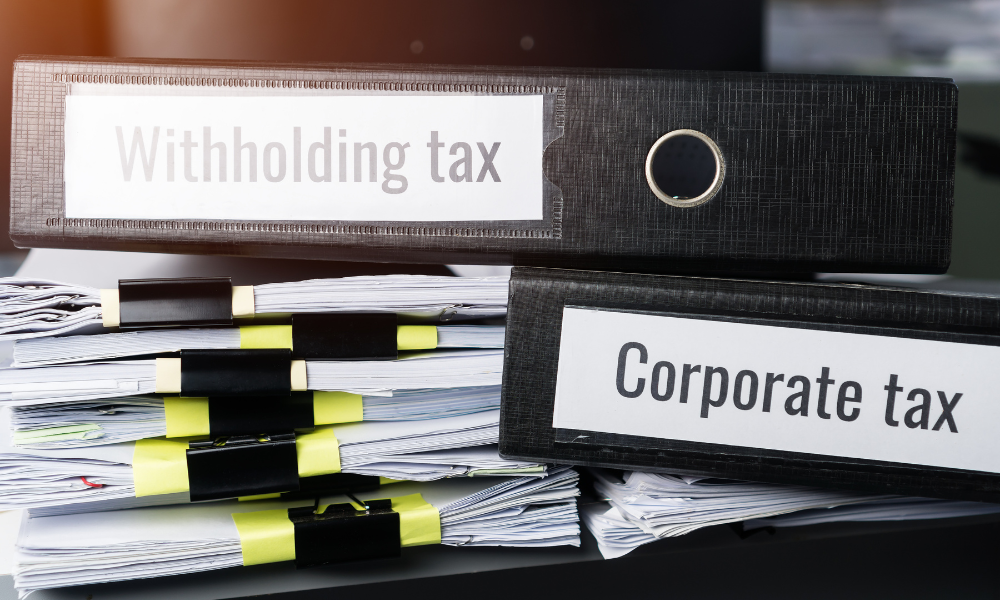In my last column, I highlighted the sorry statistics on Canada’s patent performance. To illustrate the point, I focused on patents related to the information and communications technology (ICT) industries. When it comes to the ICT sector, Canada is nowhere near the top — in fact, we’re not even in the top 20 patent-filing countries in the world, whether considered on a per capita basis, or proportionate to the size of our economy.
To make matters worse, a recent report from the C.D. Howe Institute (Measuring Innovation in Canada: The Tale Told by Patent Applications) concludes that ICT is actually one of the better-performing sectors in Canada for patenting (the other one being construction, with these two doing much better than pharmaceutical, manufacturing, oil and gas, agriculture, forestry and mining). When you consider this C.D. Howe report alongside the WIPO statistics I discussed last month, the patenting landscape in Canada really does appear to be pretty bleak.
It’s important to recognize and understand this patent deficiency. Patents are an important indicator of the health of the underlying respective industry sector. It also is a proxy for how well (or poorly) we are able to translate our investment in research and development into meaningful, wealth-generating products and services. If you want a quick indicator of how we are doing on the critical questions of productivity and innovation, a glance at our patenting performance will give you a good idea.
> Lawyers as Patent Advocates
Assuming (after reading last month’s column) we can all agree that Canada has a patent deficit, the question becomes: what can we as lawyers do about that? That’s the issue we’ll be tackling this month.
So, imagine you are meeting with a new client. They are planning on entering into a joint venture with another company to develop a novel, digitally powered medical device. Millions of dollars will be invested in the development, marketing and distribution of this new product.
As a thorough and careful business lawyer, you are quick to spot the need for tax advice. Indeed, you have your tax colleague on speed dial — you may even have them join this initial meeting. But have you shown the same initiative with regards to your patent colleague? Possibly.
Possibly, however, is not good enough. Just as you have a good reflex to loop in a tax advisor, so too should you consult automatically with a patent expert.
So, how do we make sure that happens? For lawyers, patent awareness should start in law school. Indeed, it should be introduced in the mandatory first-year core property course, which would expose all law students to the patent material.
We all remember that first-year property course, which covers the fee simple concept behind Blackacre. But the course could do much more. Students should spend at least a few hours – perhaps one three-hour lecture – discussing how the patent legal regime creates intangible property by legislating scarcity. Intellectually, it’s an interesting pedagogical concept, but practically – and this is my point – it’s also a necessity, if the end goal is to ensure that Canadian companies harvest the maximum economic value from their hard work and investments in product development.
Speaking of Blackacre, everyone taking that first-year property course will understand, viscerally, that residential real estate within a few miles radius of the law school is expensive – and getting more so all the time – because of the inherent scarcity of land in their respective city. What will be news to them is that the Patent Act creates similar value due to a legally imposed scarcity. Moreover, while a particular parcel of real estate only generates value in its own, discrete physical setting, a patent can be “replicated” in a multitude of countries through international patent treaties, and therefore the value of a patent can be leveraged over some 190 countries. This is the “offensive” value of a patent.
The offensive value of a patent will be understandable to a law student (or a client) because it approximates the “value proposition” of a physical asset (“I have something, and it has value”). What will be more difficult for a law student (or a client) to grasp is the defensive value or “negative risk” associated with someone else’s patent.
That digital medical device referred to above — well, if I don’t patent it, and I take it into the US market where someone else already has a patent on a device that works essentially the same way, there is the risk that I will not be able to sell my product into the US market. In other words, it’s not merely that I can’t sell my product in the US for supernormal profits; it’s that I can’t sell my product in the US market at all.
To be clear, the objective is not to make of each law student a patent expert. Rather, it is to make law students aware of the importance of intellectual property, so they always remember to call the patent expert at the appropriate (and ideally early) moment in the new mandate (as noted above). In short, it’s to make sure each lawyer can convey to his or her respective clients the importance of patents from a dollars and cents perspective.
> Angels on the Head of a Patent
In some law schools, there are also upper-year courses in intellectual property. Among these invariably is an offering on “patent law.” These courses are generally aimed at the law school student who likely will want to specialize in IP. In order to acquire an awareness of patents, the typical law student doesn’t have to take this specialized patent course if the section on patents in the aforementioned first-year property course is done well.
It should be noted, however, that some professors at law school don’t care much for the current patent system. Some even question whether patents are required at all in our modern economy. Or they have serious concerns regarding the scope of patent protection, or its duration (roughly 20 years from the date of filing).
These are all legitimate and interesting points. When I was an adjunct professor at Osgoode Hall Law School over a 20-year span, teaching a course in “Computer Law,” I made sure that, when we talked about patents in the ICT sector, we debated these issues in the class. But I also made it very clear that, while these were intriguing questions – and perhaps one day would lead to some very interesting reforms to the international patent law system – an important role of commercial lawyers was to arm and prepare our clients for the current world of “patent wars.”
I continue to believe this is the right approach to take on patents: understand the critiques of the patent critics and other policy issues, but act as if the policy issues don’t matter, which strictly speaking, they don’t, unless they come into law at some point.
> IP Legal Clinics
One of the encouraging developments when it comes to raising awareness of patents through law schools is the recent establishment of “IP legal clinics” by a few of the law schools. The driving force behind these clinics is the notion that it’s not enough to convince budding lawyers about patents — law schools must go out into the business community and directly pitch entrepreneurs and start-up companies about the importance of intellectual property.
These are great initiatives. Ideally, the beneficiaries of these clinics will also encompass business start-ups, or spinoffs coming out of the universities more broadly — especially from the engineering and medical schools. This is important work, and it has to be done in a very timely way, because a patent filing must be made before the general parameters of the patent are disclosed publicly.
Time truly is of the essence once an inventor has decided to disclose the applicable invention. When we are helping a university professor patent something, the first question is, “Is the paper you are delivering next Wednesday at the conference going to reveal the core of your patent?” If so, then the patent application has to, in a mad rush, be prepared and filed before the professor discloses all the crown jewels next Wednesday (because the protection afforded by a patent commences upon the filing of the patent application, not upon the issuance of the patent itself).
A similarly urgent dynamic comes into play with regards to entrepreneurs or companies that are about to unveil their next big product innovation at next Thursday’s industry trade show or convention. Again, if the company reveals the guts of the new invention at the show, and no patent application has yet been filed, the ability to file subsequently is greatly diminished. So, your role is to not only flag the patent-filing issue with the client — but to do so in a timely way, before it’s too late.
> Reaching Young Entrepreneurs
In a nutshell, the core message for lawyers is clear when it comes to getting the word out about patents. It’s not enough to passively wait until new clients come in to your office looking for patent advice — much more active patent proselytization is required.
A great place to start, if you’re still in law school, is the university’s faculties of business and engineering. Here, you will meet young men and women who will be looking to make a difference in the world, and likely investing in some gizmos, gadgets and serious information technology systems along the way.
If you can get to these entrepreneurs early, then when they come to understand the value of patents, they will be better equipped to capture the full market value of their ideas. This is a very rewarding moment, for them personally, as the owner of the patent — but then also to all Canadians more broadly, as the issued patent generates recurring economic activity within our country.
George Takach is a senior partner at McCarthy Tétrault LLP and the author of Computer Law.





